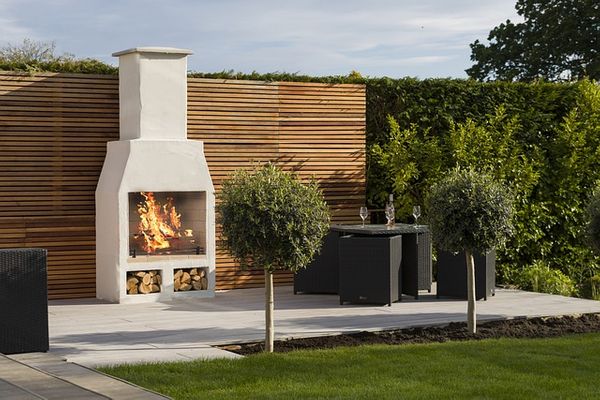In this time and era, it has become extremely important for people to install heat resistant equipment in their homes so as to keep away from different kinds of prospective problems. Whether you want to keep your home or construction site safe, heat resistant materials can offer you a lot of benefits like preventing fire.
In addition, they may reduce the chances of dangerous off-gassing hazards so as to protect sensitive parts, such as refrigeration lines, cables, and wires. Some of the best types of materials you can buy include:
1. Sealants
These are materials, which close gaps between solid sections of equipment so they can properly resist high pressure and temperature. You can get sealants in two different types; cement and liquid foam. Cement sealants are usually used to seal a rough surface, while liquid foam materials cover machined threading and connections. With liquid foam materials, you may also achieve a close tolerance when it comes to sealing.
Sealants resist high temperatures of up to 816°C and may use some of the heat to cure the seal effectively for a short period. You can also use sealants in precise projects because of their expansion coefficient and low shrinkage.
2. Stucco
Stucco refers to a plaster that people have been using for centuries for structural and artistic reasons. The modern stucco consists of sand, lime, and Portland cement, so it may serve as a durable and excellent fire-resistant material for buildings.
You may also use stucco to cover different structural materials, like wood and brick. Many people also recommend stucco because of the excellent materials for boxing in hazardous eaves.
3. Fire Sleeves
These materials are common in aerospace and industrial applications because they offer flame, adhesives, oil, and water resistance. Fire sleeves resist high temperatures of up to 540°C and work through silicon coated fiberglass sleeves, which work as an insulated sheet.
Fire sleeves also exist in different sizes and may be very useful in protecting industrial hoses, wires, and cables.
4. Tapes
When industrial piping needs tape coverage because of cracks or any other form of damage before getting fixed, companies should use high-resistant tapes to ensure the area is well-protected from liquid impacts and further corrosion. This can be important, especially for companies that work with temperatures above 100°C.
Today, heat-resistant tapes are used in the market and will continue to be among the most popular gears.
5. Blankets
Heat-resistant blankets are useful in most areas where there is a high risk of fire outbreak. You can get these blankets in most homes, and exist in different sizes. The blankets also have sheets of fire-resistant layer, which are woven together to make powerful products.
When there is a fire outbreak, you can pick your heat-resistant blanket and throw it over the fire so as to deprive it of oxygen. You will also have to make sure every area on fire is well-covered by the blanket. To make your blanket more effective, you may coat it using a flame retardant fluid.
6. Glass
This glass is important for taking care of commercial properties and homes. In every building, windows are important parts, so you may want to protect them against fire. Using a fire or heat-resistant materials to make glass can be helpful to keep your home safe.
You may also install windows in your home, which are fire-resistant. The windows may as well have an added advantage of being energy-efficient. This means you will resist heat, and it may be helpful to reduce the risks of fire.
The Bottom Line!
A fire outbreak in any building may weigh heavy repercussions. Hence, if you really want to offer protection to your property, it’s important to use a heat-resistant material. Incorporation of a good material may curtail prospective fire damages.
In addition, by installing a heat-resistant material, you will be able to minimize damages, which are caused by unwanted accidents. Therefore, rather than risking your life and that of your family, you can use heat-resistant blankets, glasses, or sealants.
Also Read: 7 Uncommon Things to Consider Before Buying a New Home


